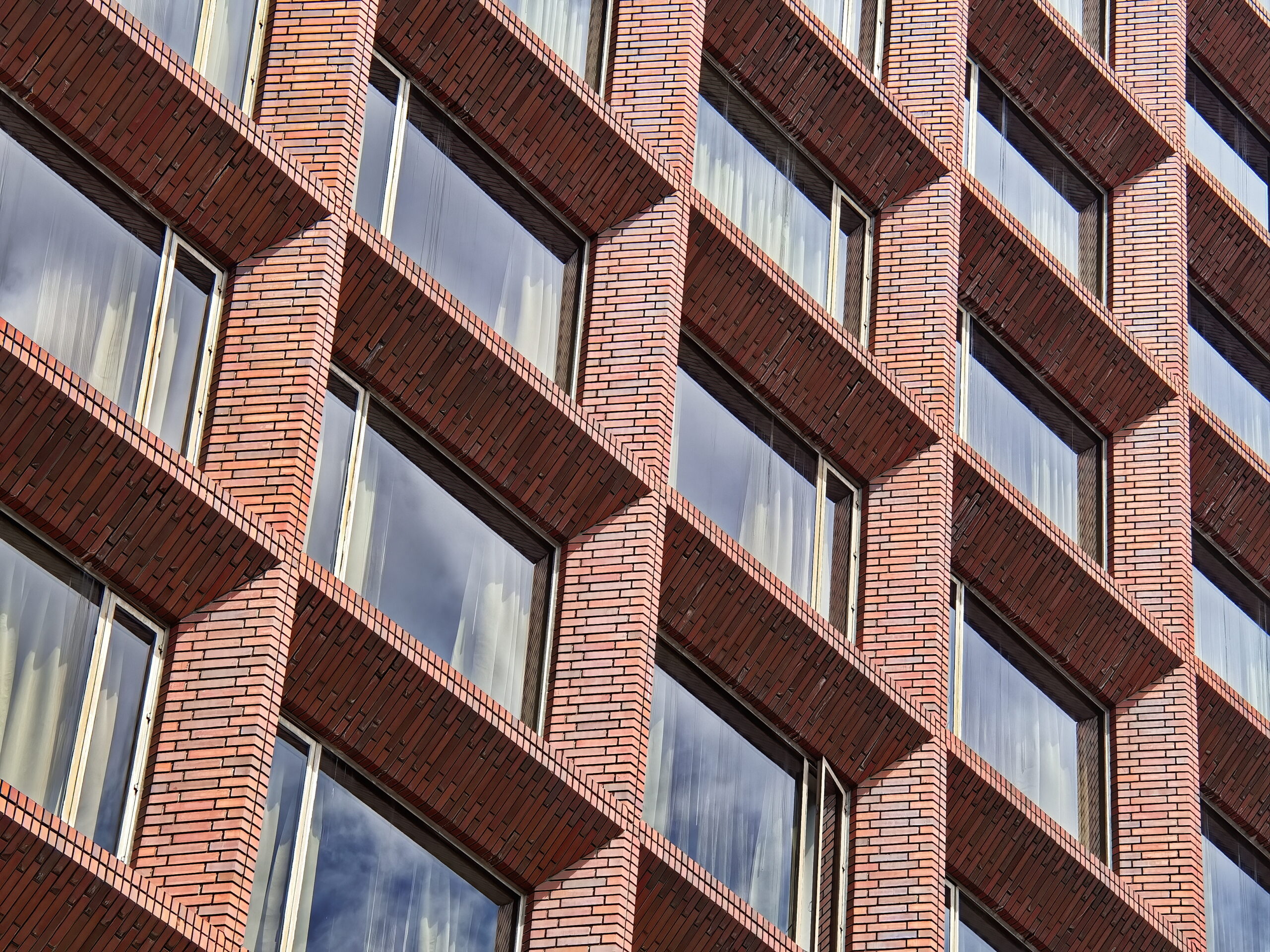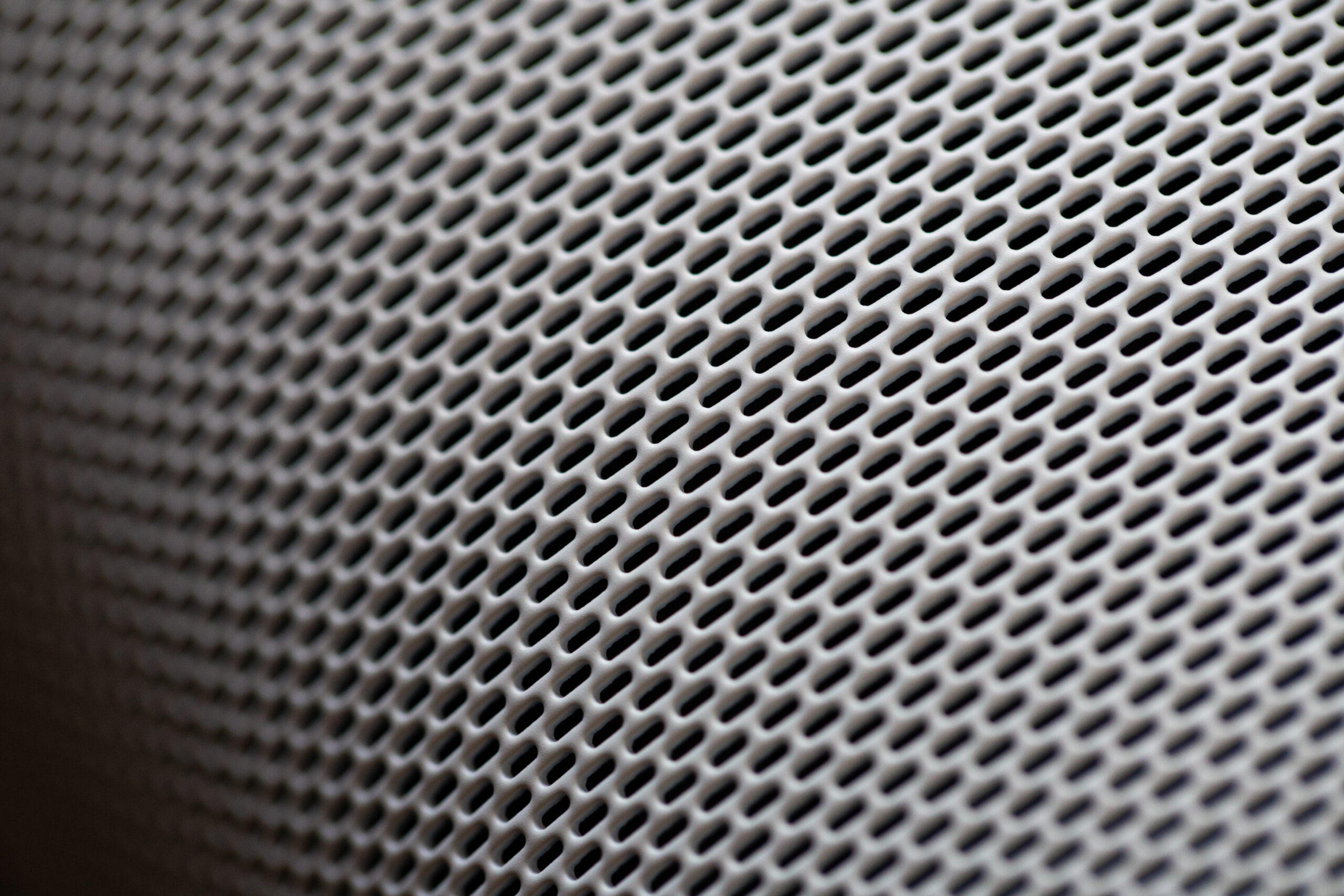Silicone Framework Adhesive Guide for Constructors
Are you aware that nearly 75% of building professionals rely on silicone framework sealants for effective waterproof building? These high-performance sealants are not just a fad; they have become indispensable in contemporary building ventures for their outstanding longevity and resilience against environmental factors.
Silicone framework sealants provide robust bonding and heightened compatibility with a wide range of substances. This makes them the preferred option for constructors focused on durability and lower maintenance. Their efficiency in multiple applications, particularly in framework connections and glazing, demonstrates how these construction adhesives play a vital function in improving the performance and security of structures.
Introduction to Silicone Structural Sealants
Silicone framework sealants are a crucial advancement in building and construction. They provide strong adhesion and elasticity, making them important in modern building design. Unlike conventional adhesives, silicone sealants feature enduring flexibility. This is crucial in regions susceptible to shifting or growth.
The creation of structural glazing sealants has been a game-changer. These adhesives are essential for multiple uses, both interior and outside buildings. They guarantee cohesion in diverse construction projects. With a background spanning decades, silicone sealant are now vital for security and aesthetics in architecture.
Constructors and architects trust silicone sealants for their performance and flexibility. They are utilized in window sealing and sealing façade joints, offering a reliable solution for contemporary building. As we explore into the categories and features of silicone adhesives, it’s clear they have a crucial function in construction practices.
Varieties of Silicone Adhesives
For constructors and developers, it’s important to understand the various categories of silicone sealants. The main types are neutral rubber adhesive and acid rubber adhesive. Each type has distinct characteristics that affect their application, making it essential to select the right one for a venture.
Neutral Silicone Sealant
Neutral rubber adhesive is the preferred for sensitive uses. It doesn’t release chemicals that could trigger corrosion or damaging interactions with different surfaces. This makes it ideal for structural glazing, particularly in joining glass. Builders often select this sealant for working with alloys and other sensitive substances.
Acid Silicone Sealant
Reactive silicone sealant is ideal for projects with robust substances. It dries fast, making it great for sealing spaces promptly. It’s used in both residential and commercial settings where efficiency and strength matter. Developers appreciate its versatility, but care is needed when using it with materials that react badly to chemicals.
Important Attributes of Silicone Structural Adhesive
Silicone structural sealants shine in building due to their standout features. They offer high bonding, robust weather resistance, and exceptional durability. These qualities are essential for constructors looking for a dependable adhesive for multiple uses.
Adhesion and Suitability
Top-notch framework adhesives adhere strongly to substrates like panes, alloys, and cement. This versatility is important for ventures requiring a robust connection across various materials. Constructors value this sealant for its ability to guarantee a solid bond, enhancing the building’s cohesion.
Weather Resistance
Designed to endure harsh environments, weatherproof silicone sealant stands up to ultraviolet light, moisture, and harsh weather. Such resilience guarantees it keeps performing effectively over time. It’s an ideal option for ventures subjected to the elements or those in environments with changing temperatures.
Durability and Efficiency
One of rubber adhesives’ defining qualities is their durability. They are designed to last, even with building shifts. This elasticity and longevity make them a preferred pick for ventures requiring to adjust and last, guaranteeing steady efficiency over their lifespan.
| Property | Explanation | Advantages |
|---|---|---|
| Adhesion | Strong adhesive capability to various materials | Ensures building cohesion and dependability |
| Weather Resistance | Protection from ultraviolet light, moisture, and temperature changes | Enhances longevity and prevents seal failure |
| Longevity | Ability to withstand building shifts | Provides a durable and efficient seal |
Uses for Silicone Adhesive in Construction
Silicone adhesives are essential in building, especially in framework window sealing uses. They join building components like glass panes, exteriors, and curtain walls, guaranteeing both strength and aesthetics. A high-performance silicone sealant not only creates a robust connection but also flexes with construction substances, maintaining the seal through normal shifts.
Rubber adhesives are also key in forming weather-resistant barriers, improving buildings’ resilience against severe weather. This is essential for the durability and security of buildings. Here are some significant fields of application:
- Joining different materials, such as glass to alloys or cement.
- Creating bonds in window systems, enhancing energy efficiency.
- Offering waterproofing options for roofing and cladding applications.
- Enabling expansion and contraction in dynamic structures.
- Ensuring visual design coherence in various architectural styles.
The unique blend of flexibility, durability, and weather resistance makes top-quality rubber adhesives perfect for contemporary building requirements. As builders look for innovative options, silicone adhesive is increasingly used, leading safer and better building practices.
| Application | Explanation | Benefits |
|---|---|---|
| Framework Window Sealing | Attaching glass panels to frameworks | Improved appearance, strong bond, flexible shifts |
| Weatherproofing | Protecting roofing and cladding from humidity | Water resistance, improved durability, energy performance |
| Bonding Dissimilar Materials | Joining substances like metal and glass | Versatility in substance suitability, strong adhesion |
How to Select the Appropriate Rubber Framework Adhesive
Selecting the appropriate rubber framework adhesive requires a detailed examination of substrate types and environmental conditions. It’s crucial to understand how different substances react with different adhesives. This knowledge is essential for selecting a professional-grade silicone sealant that can withstand specific stresses.
Considerations for Different Substrates
When choosing rubber adhesive, different materials demand distinct methods. Below is a table outlining common materials and their corresponding considerations:
| Material Type | Recommended Sealant Type | Key Considerations |
|---|---|---|
| Cement | Top-quality rubber adhesive | Adhesion properties and drying period |
| Panes | Neutral silicone sealant | High transparency and UV resistance |
| Alloys | Rubber adhesive | Corrosion resistance and flexibility |
| Wood | Mixed rubber adhesive | Moisture resistance and movement capability |
Application Environment Factors
The surroundings greatly affects the choice of adhesive. Factors such as extreme weather, moisture conditions, and chemical contact are important. An perfect sealant should maintain performance across varying conditions.
- Heat Levels: Ensure the adhesive can handle the specific temperature range.
- Humidity: Select adhesives resistant to moisture for wet areas.
- Chemical Exposure: If the region will be subjected to chemicals, choose a sealing agent with appropriate resistance.
For the optimal outcome, always consult manufacturer specifications and perform suitability checks with materials. This approach reduces risk and guarantees durability for all projects involving a rubber framework adhesive.
Correct Application Methods
Perfecting the skill of neutral silicone sealant installation is crucial for its effectiveness. The result depends on the completeness of surface preparation and the techniques used. These initial steps set the stage for a effective sealant installation.
Substrate Cleaning
Surface preparation is the foundation of efficient rubber framework adhesive application. It’s critical that substrates are meticulously washed, dehydrated, and free of any impurities. The essential procedures for substrate cleaning are:
- Cleaning: Dust, grease, and remnants must be removed. The choice of detergent should suit the substrate type.
- Priming: A primer may be required, depending on the sealant and material, to bolster adhesion.
- Dehydration: Total dryness of the substrate is essential before using the adhesive, as moisture can undermine its performance.
Sealant Application Methods
Opting for the right adhesive techniques is vital for superior results. The method employed should align with the venture’s needs and the desired finish. Popular methods include:
- Caulking Gun: This technique is preferred for its precision in regulating bead size.
- Trowel Application: Perfect for larger regions or when a substantial adhesive coat is required.
- Spacer Insertion: Essential in thicker gaps, this technique regulates adhesive thickness and enhances bonding.
Adherence to these techniques is important to avoid bubble formation, which can reduce from the bond’s strength. Carefulness in both substrate cleaning and application guarantees a seal that is both durable and effective, supporting the lasting achievement of building endeavors.
Verification in Adhesive Application
Ensuring the standard of adhesive application is crucial for meeting efficiency goals. Effective testing methods help constructors and developers check the integrity of their projects. This involves detailed bond strength verification under different conditions to determine if the adhesive bonds well with the substrates it touches.
Testing for Adhesion
Verifying bond strength is essential for assessing rubber adhesives. Methods employed include:
- Bond strength checks – a typical technique to evaluate the bond strength between the adhesive and the substrate.
- Adhesion checks – helpful for checking how well the adhesive bonds over time.
- Field tests – practical assessments that ensure the adhesive performs as expected in real situations.
These techniques, included in the standard verification, build trust in the adhesive’s adhesive strength and its suitability for a venture.
Documentation and Guarantee Factors
Documentation is key in guaranteeing sealant quality. It involves recording the materials utilized, how they were applied, and the environment at the time of installation. Thorough records help in later maintenance and protect all stakeholders. Guarantee factors are crucial, providing coverage against failures and defining the duties of manufacturers and applicators. Sticking to recording methods lowers dangers from adhesives that don’t meet expectations.
| Documentation Type | Explanation |
|---|---|
| Application Notes | Details on the application process, including environment and methods used. |
| Material Safety Data Sheets (MSDS) | Details on the protection and handling of sealants used in the project. |
| Guarantee Papers | Terms and factors outlining coverage against failures and deficiencies. |
Maintaining accurate information throughout the procedure is essential for sealant quality assurance. Efficient testing and detailed recording support robust warranty considerations, resulting in effective results.
Common Mistakes to Prevent with Silicone Sealants
Many builders encounter problems with rubber adhesives that can severely impact their ventures. It’s essential to address these errors for a lasting and efficient seal. Here are some common issues to be aware of:
- Incorrect Substrate Cleaning: Failing to wash and preparing materials correctly can result in weak adhesion. Always eliminate particles, grease, or impurities before using the adhesive.
- Selecting the Incorrect Adhesive: Different ventures need particular adhesives. Employing an reactive rubber in a place where a neutral one is required can result in subpar performance.
- Incorrect Adhesive Methods: Applying adhesive unevenly can form weak spots. A steady hand and even pressure during use are essential for a solid bond.
- Ignoring Environmental Conditions: Adhesives work best within certain heat and humidity conditions. Using them in severe conditions can reduce their efficiency.
- Overlooking Drying Periods: Rushing the curing process can result in incomplete adhesion. Always follow the suggested drying periods for the optimal outcome.
Recognizing and fixing these rubber adhesive errors guarantees better performance and longevity in building ventures. Adopting these measures can result in successful applications and minimize the requirement for future repairs.
| Error | Impact | Fix |
|---|---|---|
| Incorrect Substrate Cleaning | Poor adhesion resulting in adhesive breakdown | Thoroughly wash and prepare substrates prior to use |
| Selecting the Incorrect Adhesive | Poor efficiency in particular situations | Select a sealant compatible with the use |
| Poor Application Techniques | Weak points in the bond, risk of leaks | Adopt consistent and even adhesive techniques |
| Ignoring Environmental Conditions | Weakened bond strength | Check heat and moisture before use |
| Neglecting Curing Times | Chance of early breaks | Follow the recommended drying periods |
Maintenance of Rubber Framework Adhesives
Guaranteeing the durability and performance of rubber framework adhesives is crucial. Routine maintenance can prevent mold growth, discoloration, and seal failure. This proactive approach not only maintains the building’s aesthetic appeal but also extends the sealant’s duration.
Key methods for efficient upkeep are:
- Regular Inspections: Inspect for indications of wear, breaks, or swelling every few periods.
- Hygiene: Maintain the region around the sealants tidy. Debris accumulation can lead to mold and fading.
- Reapplication: Timely reapplication is essential when adhesives indicate of deterioration to preserve integrity.
- Environmental Considerations: Consider of shifting environments and their impact on bond efficiency.
Adopting these steps can greatly reduce possible issues, enhancing the structural integrity of structures employing rubber products. This dedication to maintenance guarantees a reliable and effective adhesive for buildings.
Ecological Effects of Rubber Adhesives
The ecological effects of sealants, particularly silicone sealants, has experienced a surge in attention. This increased focus stems from the requirement to align building practices with sustainability. The manufacture of these sealants often involves volatile organic compounds (VOCs), which contaminate the atmosphere and affect internal conditions.
As the building industry shifts towards sustainable materials, producers are creating in silicone sealants. They seek to reduce VOC emissions and create eco-friendly formulas. These changes not only cut down on pollutants but also match with eco-friendly building objectives.
Disposal of rubber adhesives poses environmental hurdles. In contrast to some alternatives, silicone is difficult to reuse, leading in more landfill waste. Consumers and constructors should look for products marked as environmentally responsible or backed by reuse programs.
| Aspect | Conventional Silicone Sealants | Sustainable Silicone Sealants |
|---|---|---|
| VOCs Emission | More pollutants | Lower emissions |
| Disposal | Hard to reuse | Designed for easier recycling |
| Formulation | Standard chemical components | Eco-friendly chemical components |
| Adherence to Guidelines | Varies widely | Meets green building standards |
In the future, constructors and designers should favor rubber adhesives with reduced ecological effects. Selecting these sustainable choices can greatly lower damage to our environment. At the same time, they still offer the longevity and efficiency required in construction projects.
Contrasting Rubber Adhesives to Other Sealants
Comprehending the differences between sealing agents and other sealant types is crucial for making educated decisions in building. This overview will focus on two primary contrasts: rubber vs. plastic adhesives and silicone vs. polyurethane sealants. Each has unique functions in bonding uses, influenced heavily by their properties and applications.
Rubber vs. Plastic Adhesives
Rubber adhesives shine in elasticity and weather resistance, making them perfect for uses subjected to harsh environmental conditions. Acrylic sealants, while easier to paint and usually lower in cost, might not provide the same level of durability over time. Important distinctions are:
- Weatherproofing: Silicone is more effective in harsh weather and moisture.
- Flexibility: Silicone can expand and shrink with structural movements, while acrylic is susceptible to breaking.
- Adhesion: Silicone bonds effectively to a variety of substrates, whereas acrylic can be restricted.
Rubber vs. Synthetic Adhesives
In the comparison of rubber vs. synthetic adhesives, both offer excellent adhesion. Polyurethane sealants may possess a stronger bond to many substrates but often are lacking when subjected to extreme conditions. Significant points to consider are:
- Adhesion Strength: Polyurethane can bond incredibly well on different substrates.
- Weather Performance: Silicone tends to exceed polyurethane in harsh weather situations.
- Application: Polyurethane typically demands more precise blending and application than silicone.
Each kind of adhesive has its advantages and disadvantages, defining their fit across various ventures. Creating an educated choice depends on comprehending these comparisons when choosing between silicone and other adhesives.
Future Trends in Rubber Adhesive Innovation
The silicone sealant sector is witnessing major changes, propelled by the need for modern construction solutions. Innovations in sealant formulations are improving durability while lowering ecological effects. This change is propelled by growing awareness of eco-friendliness, leading the creation of efficient, eco-friendly adhesives.
Auto-repair adhesives are a revolutionary innovation in this area. These materials can automatically fix small breaks, significantly prolonging their duration and cutting down on replacements. This meets the growing demand for durable construction substances.
Constructors face the challenge of dealing with weather changes. In answer, producers are developing very elastic rubber mixtures. These sealants are engineered to withstand changing environmental factors without losing effectiveness. They are perfect for diverse construction projects.
The industry is also leaning towards sustainable, efficiency-driven adhesive options. Builders and architects now look for products that meet their needs and promote eco-friendly practices. This trend highlights the critical role of ongoing innovation in the sector.
- Auto-repair features
- Enhanced flexibility for temperature variations
- Reduced environmental impact
- Performance-driven formulations
Summary and Final Thoughts on Silicone Structural Sealant
Silicone structural sealants are essential in the construction industry, providing many advantages that boost both functionality and durability. They provide superior adhesive properties and long-lasting seals, improving building longevity and strength against weather conditions.
These sealants also show impressive weather resistance and versatility, making them suitable for a variety of uses. By employing high-quality silicone sealants, constructors not only promote sustainable practices but also guarantee their bonds endure for years, guaranteeing safety and dependability.
As building advances, the application of silicone sealants will probably result in longer-lasting and power-saving options. Adopting these advancements will assist builders provide top-notch results that meet modern construction needs while supporting eco-friendly practices.



